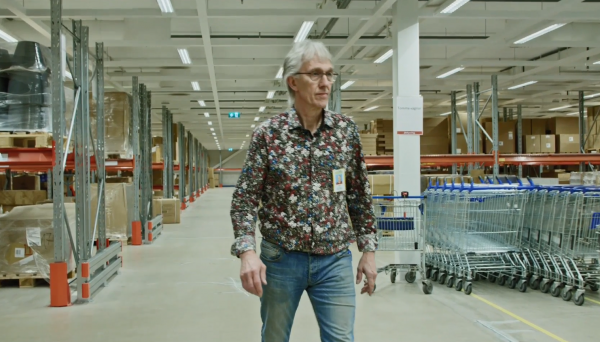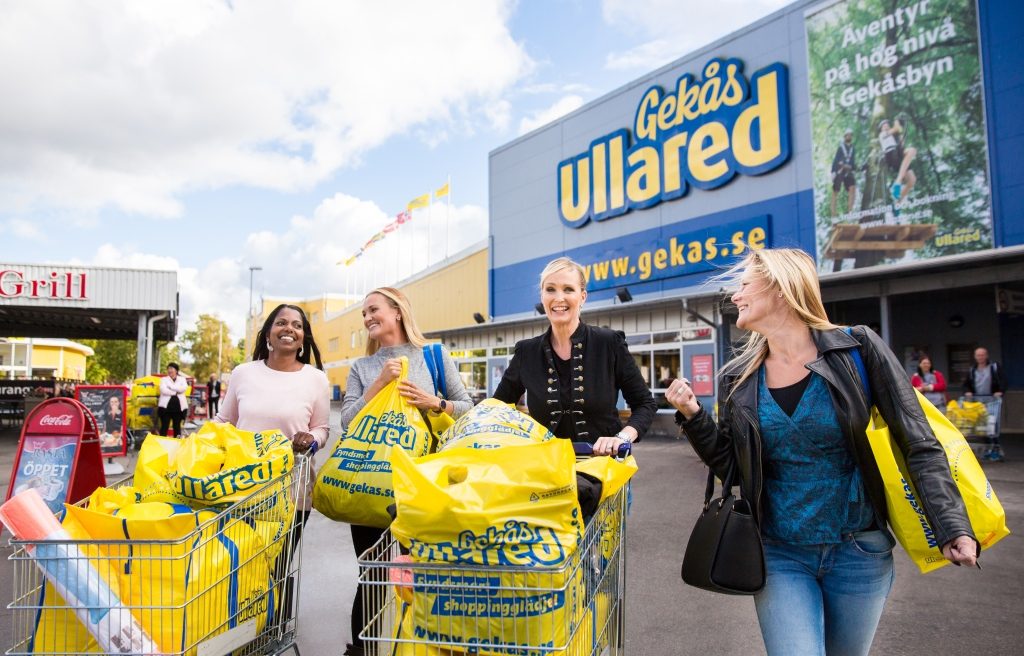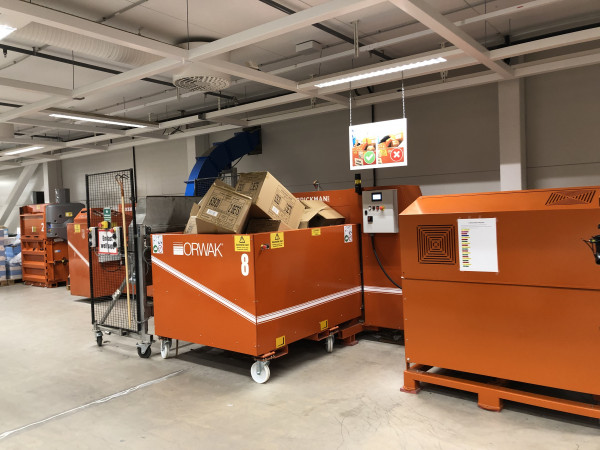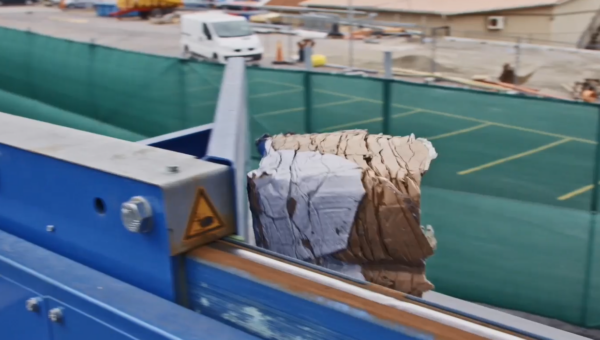Gekås in Ullared is the biggest store of its kind in Scandinavia and the most popular visitor attraction in Sweden. With 5 million customers and a new truck delivery expected every 10 minutes every day of the year the business certainly has a lot of waste and recyclables to deal with.
100 000 items in stock
The store carries about 100,000 different items in the range and it expects a truck delivery every 10 minutes every day of the year. Gekås has more than 40,000 m2 store space and another 30,000 m2 warehouse space in immediate proximity to the store.

Inge Nilsson, Environmental Coordinator at GeKås
Minimizes the environmental impact
Gekås sells a lot of goods and naturally generates a lot of cardboard, empty boxes and empty plastic bags that must be taken care of and recycled in an effective and a sustainable way. Through a variety of measures, the aim is to minimize the environmental impact of the business’s day-to-day operations.
Recycles 3000 tons of cardboard
If the boxes were not disposed of quickly, they would block the warehouse and the deliveries of new goods into the store. About 3000 tons of cardboard and 250 tons of plastic are recycled per year. Inge Nilsson, Environmental Coordinator at Gekås, comments:
“If we would make new boxes of all the cardboard we recycle, we could produce more than 7 million a year! It means that if we clear out the entire store, it would be full of boxes from one end to the other.”
The first silent Brickman
Mr Nilsson: “When I started here in 2008, we had 4 Brickman briquette presses and now we have 10. We had 2 balers for plastic then and now we have 8 units, mainly of Orwak’s model 3420.”
“The latest addition is the Brickman briquette press of model 2000K – the silent version – from Orwak. It is the first Brickman machine in their range with silent powerpack as an option for low sound emission and it is installed here at Gekås! You hardly hear it running. What you hear is the rustle from the cardboard, when it is compacted, and the turn of the piston.”
9 full containers per day
Gekås uses a duct system to push the briquettes out of the building onto a conveyor belt, where they are dropped into 40 m3 containers. In the summer, the contractor picks up about 9 containers filled with cardboard briquettes every day.
Reduces the volume by 20 times
It would be untenable to not be able to dispose of the cardboard quickly and easily and it is very important to have fast and reliable machines on site. Brickman 2000K compacts the cardboard and reduces it by about 20 times. It provides hard and firm briquettes that fit into the duct system.
Reduces the volume by 20 times
Orwak’s Power baler 3420 is used for plastic and it provides optimal bale dimensions: 120 cm wide and 80 cm high. It means more bales on each truck and fewer transports.
Orwak – a responsive partner
Inge Nilsson concludes: “Thanks to the close cooperation with Orwak, we have outlined new solutions, new ideas, new machines. Their design engineers listen, think it through and live by the rule that “it must be feasible.”
“We are constantly testing and developing new machines together with Orwak. Machines that are more adapted to us and our flows of material. It must go fast; it must work in a certain way and it must be easy to handle. The responsiveness from Orwak’s side to our ideas is great!”








